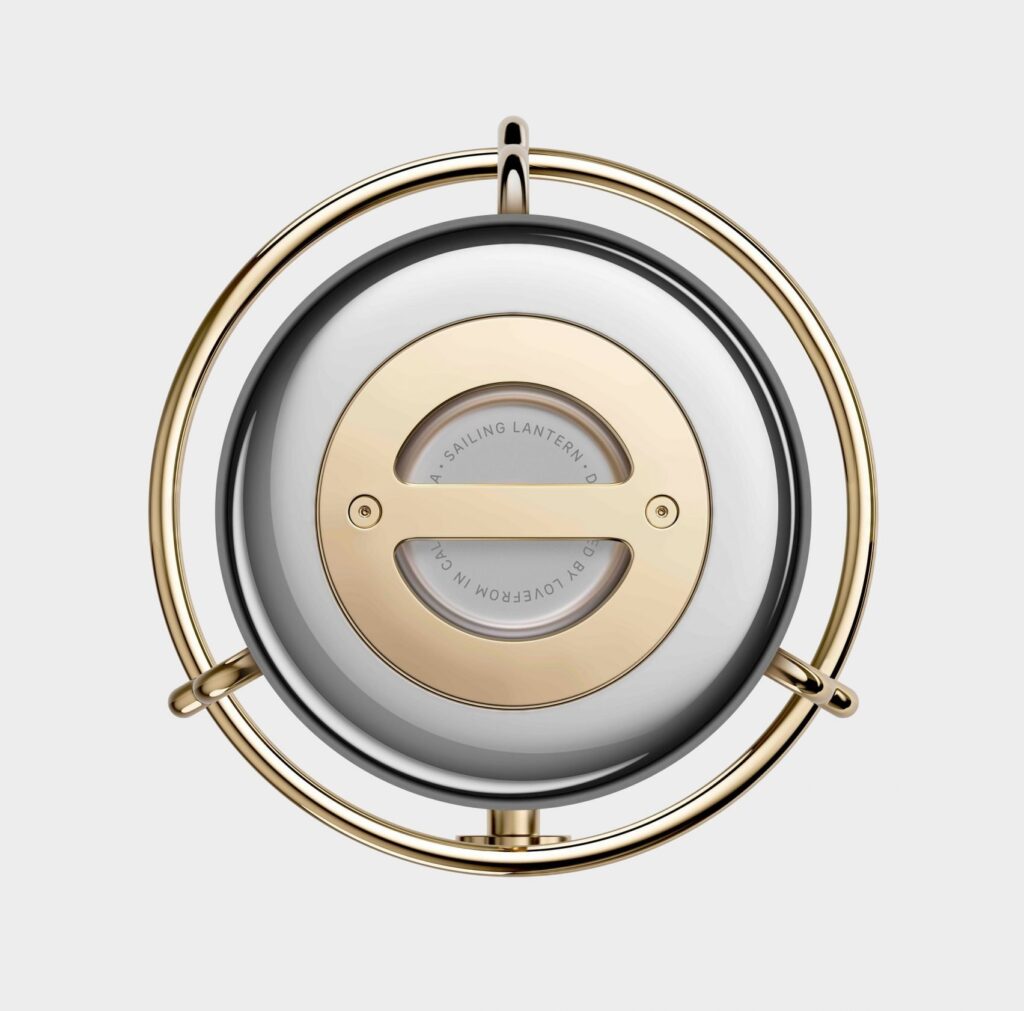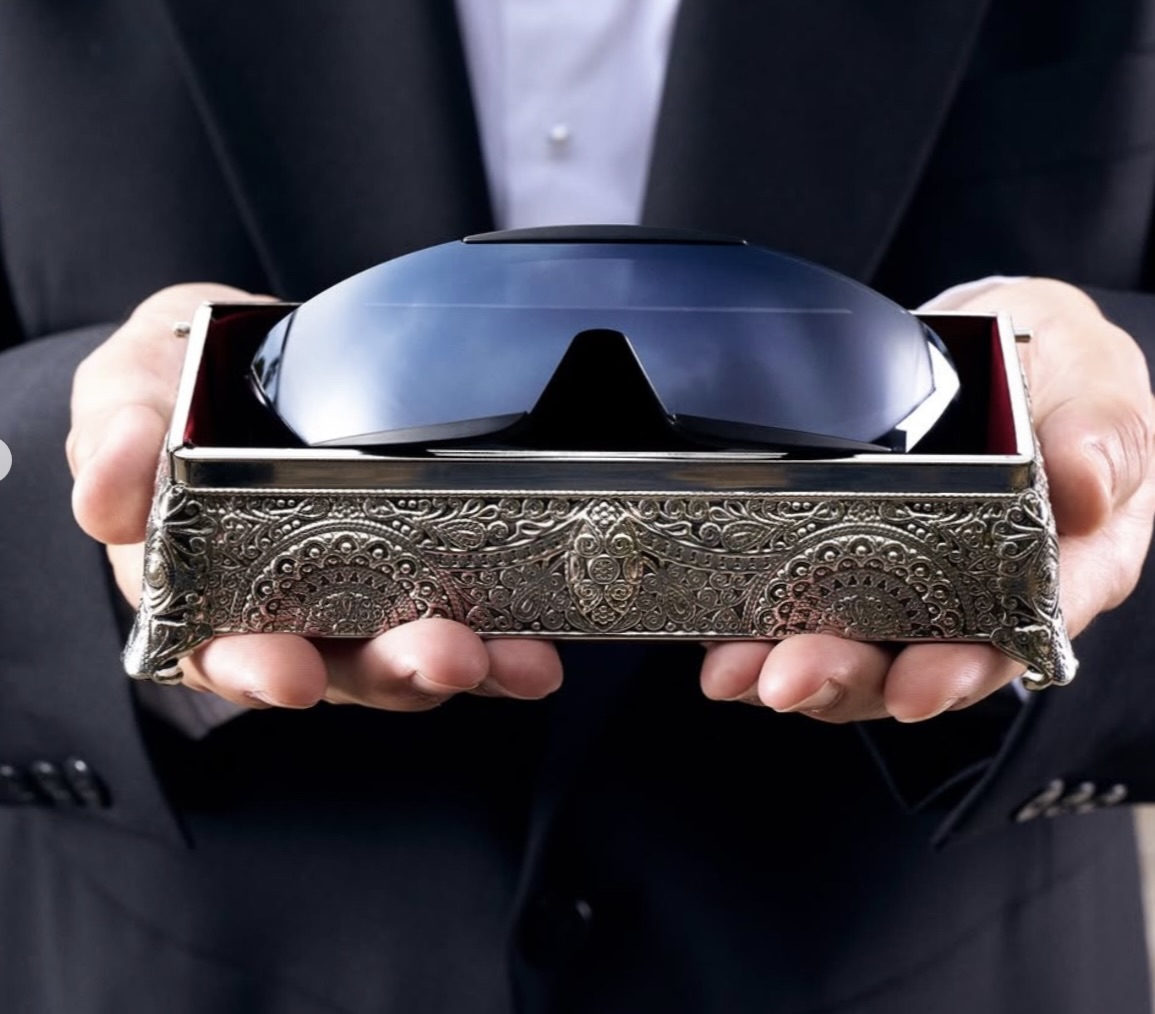light of intention
Jony Ive has always designed for feeling, not simply for function. After reshaping the world’s relationship with technology through Apple’s minimalism, his latest creation with LoveFrom finds its source not in silicon but in the sea. The Sailing Lantern, designed in collaboration with Balmuda, merges precision engineering with emotional utility. It began, as many enduring designs do, from a personal need: Ive, a lifelong sailor, could not find a light that resonated with both his aesthetic and practical expectations aboard his yacht. The absence became inspiration.
from need to nuance
“I would have just bought a lantern for my yacht – I wanted to, but there isn’t anything on the market,” Ive told Boat International. “So instead, I spent two years hard at work designing it.” That statement encapsulates the designer’s lifelong philosophy: invention as a moral necessity, not a commercial strategy. The Sailing Lantern is built upon the same ethos that defined the iPhone, the iMac, and even the Apple Watch — each a product of need, empathy, and uncompromising craft. Only this time, the object lives in a quieter space: the deck, the shore, or a bedside table.
object of the sea
At first glance, the Sailing Lantern evokes a timeless maritime artifact — something between a Fresnel lens and a polished sextant. Its stacked concentric glass rings refract and diffuse light in a way reminiscent of early lighthouse optics, creating a soft yet focused glow. The cylindrical core houses a warm LED column, which shines through prismatic ridges that amplify the glow with measured gentleness. The body, sculpted in polished aluminum and gold-anodized brass, balances utility and refinement. It is as durable as it is elegant — meant to endure salt, moisture, and time.
The result feels paradoxical: a piece of high design that looks like it has always existed. It speaks the visual language of maritime equipment, yet its surfaces and proportions echo the seamless continuity of LoveFrom’s aesthetic — that borderless, almost sacred simplicity once associated with Apple’s design studio in Cupertino.
collab
For this project, Ive partnered with Gen Terao, the founder of Japanese technology brand Balmuda, known for transforming everyday appliances into sensual experiences — from toasters to fans. The collaboration was a natural convergence of two design philosophies. Both LoveFrom and Balmuda operate at the intersection of engineering and poetry, where the smallest tactile decision (a hinge, a glow, a click) defines the emotional landscape of the user.
The Sailing Lantern, produced by Balmuda in Japan, manifests this shared rigor. Every curve, joint, and reflection feels deliberate. The precision machining of the brass rail — visible in macro close-up — flows like a nautical contour line, while the silicone-reinforced base ensures stability on moving surfaces. A fabric strap, stamped with “Sailing Lantern,” adds a gesture of human softness, an anchor to tactility amid metal and glass.
flow
The object signals a new chapter for Jony Ive’s design language. After a decade of hyper-minimalism defined by aluminum monocoques and frictionless surfaces, the Sailing Lantern reintroduces ornament as function. Its spiraled glass isn’t decorative; it is performative — a study in light behavior and refraction. The proportions recall the structural intelligence of the iPod click wheel or the Mac Pro’s lattice shell, yet the tone is warmer, less technological, more elemental.
It suggests that LoveFrom’s post-Apple philosophy is moving toward an “aesthetic of humanity” — objects designed not just for performance, but for presence. The lantern embodies this ideal: timeless, precise, yet personal. A luminous instrument that humanizes light itself.
material
Balmuda’s involvement ensures the tactile component matches the visual mastery. The lantern’s dimmable LED core can be adjusted to create moods from “sunset amber” to “moonlight white.” The control dial operates with a muted resistance — a detail that recalls the haptic language of analog tools. The hand-polished surfaces blur reflections, producing a subtle optical distortion that shifts with movement — the illusion of light rippling across water.
This material intelligence — part science, part sculpture — defines Ive’s modern craft. It transforms a static object into a kinetic experience. The lantern glows not just from within, but from interaction: light bends differently depending on angle, environment, and touch. Like a handheld star, it feels alive.
symbolism of the sea
The ocean has always been one of design’s purest metaphors — infinite, dynamic, untamable. Ive’s Sailing Lantern uses light as a metaphor for orientation, guidance, and reflection. In nautical tradition, the lantern symbolizes safety — the promise of return. Here, it also becomes a symbol of creative direction, illuminating the post-Apple path of a designer who once defined modern technology’s visual identity.
The Lantern is both personal and philosophical. It represents a continuation of Ive’s obsession with purity, but now infused with emotional weather — the kind that technology rarely conveys. It’s not an object of productivity, but of serenity. Its goal isn’t to connect you, but to accompany you.
the poetics of precision
Seen up close, every detail tells a story of discipline. The polished seams along the brass framework are almost invisible, the silicone gasket between glass and metal functions as both seal and aesthetic margin. The etched Balmuda × LoveFrom insignia rests subtly at the base — a mark of authorship without ego.
It’s a design that insists on slowing down. Instead of asking what it does, you ask how it feels. Instead of novelty, it offers continuity — between material, maker, and moment. It’s light as legacy.
the object and its aura
The Sailing Lantern exists at the convergence of three domains: industrial design, emotional artifact, and maritime instrument. It bridges heritage and modernity, inviting an intimacy with craftsmanship rarely found in the digital age. In the lineage of design history, it resonates with Dieter Rams’s functional ethics, Ingo Maurer’s sculptural lighting, and the Japanese wabi-sabi sensibility that accepts impermanence as beauty.
As a result, it feels less like a product launch and more like a conversation between disciplines — one that turns necessity into art.
impression
The LoveFrom × Balmuda Sailing Lantern is more than an illumination device; it’s a testament to the persistence of care in design. Ive’s journey from Apple’s global influence to LoveFrom’s quiet craftsmanship reflects a larger truth about contemporary design: that innovation now lies not in newness, but in refinement — in rediscovering the poetry of use.
This lantern is, quite literally, a light born of purpose. Its glow carries the essence of its maker: deliberate, elegant, and human. It reminds us that the greatest technologies are not those that connect us to networks, but those that reconnect us to ourselves.
No comments yet.











